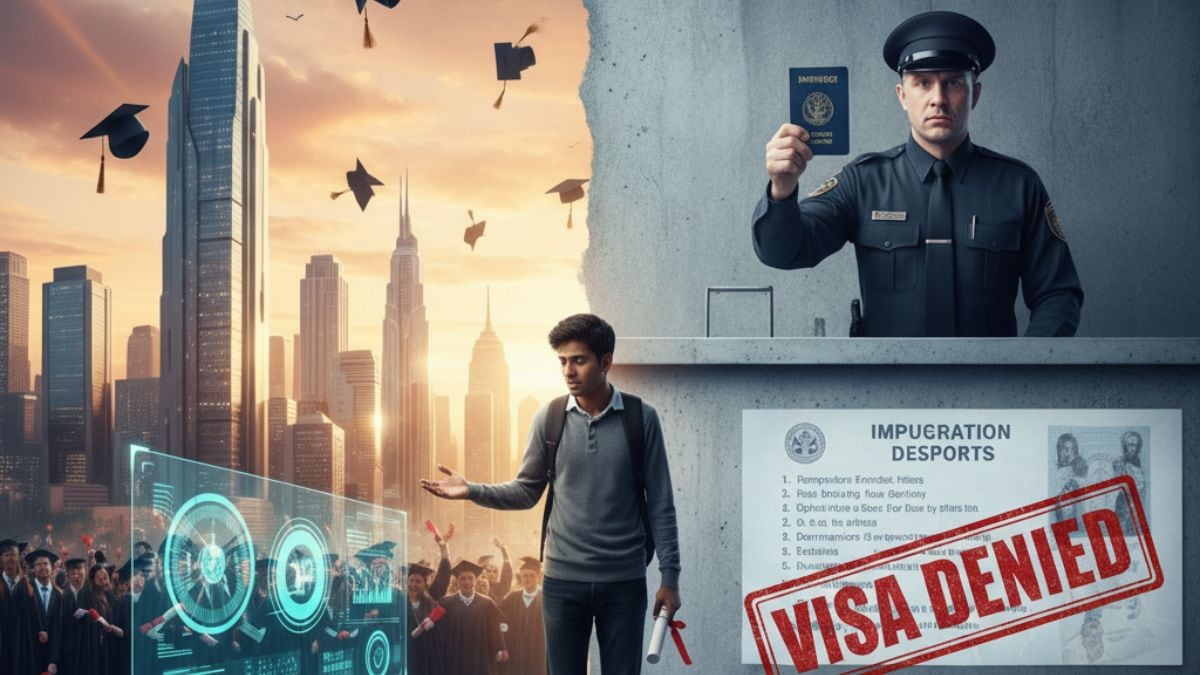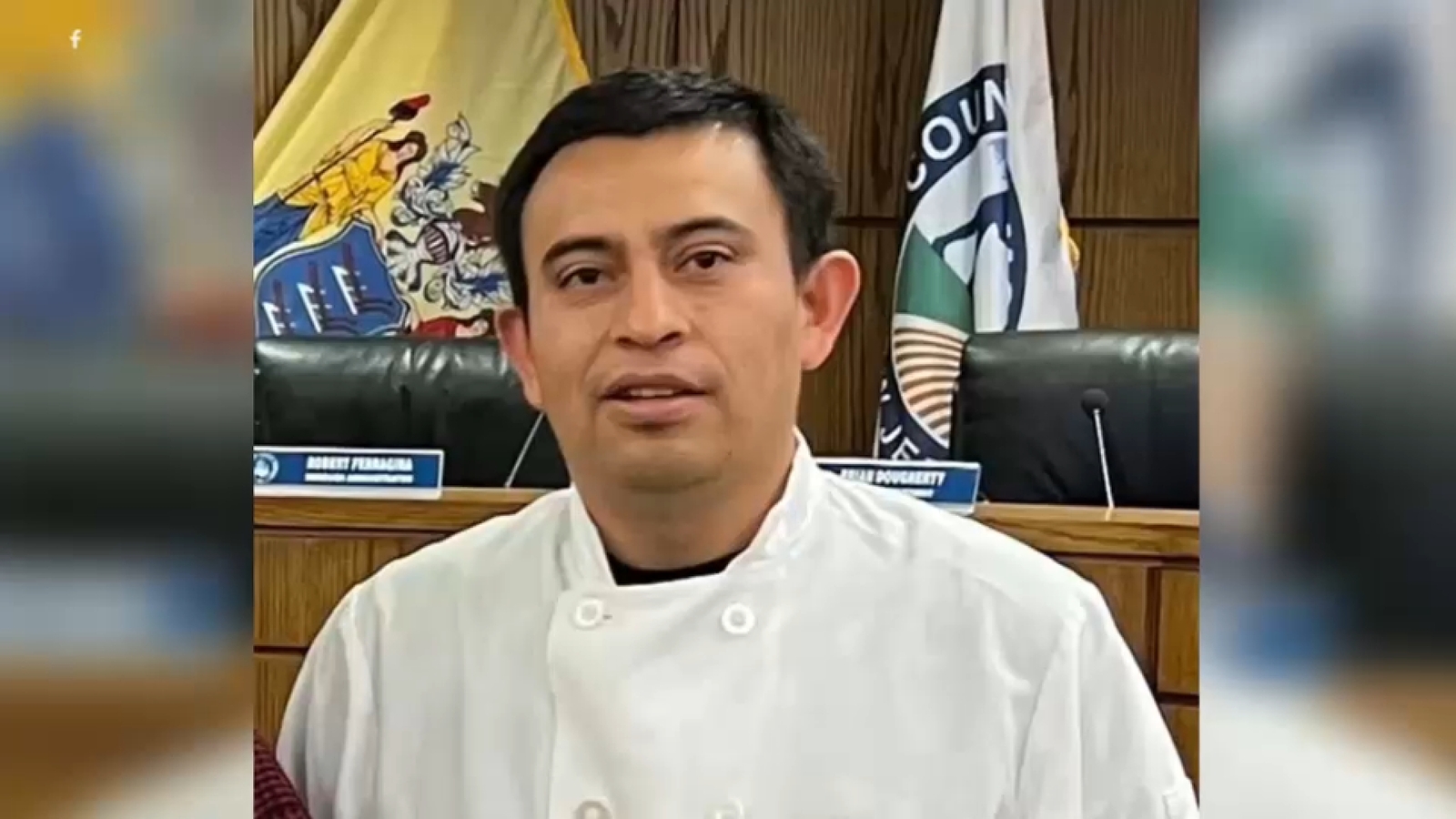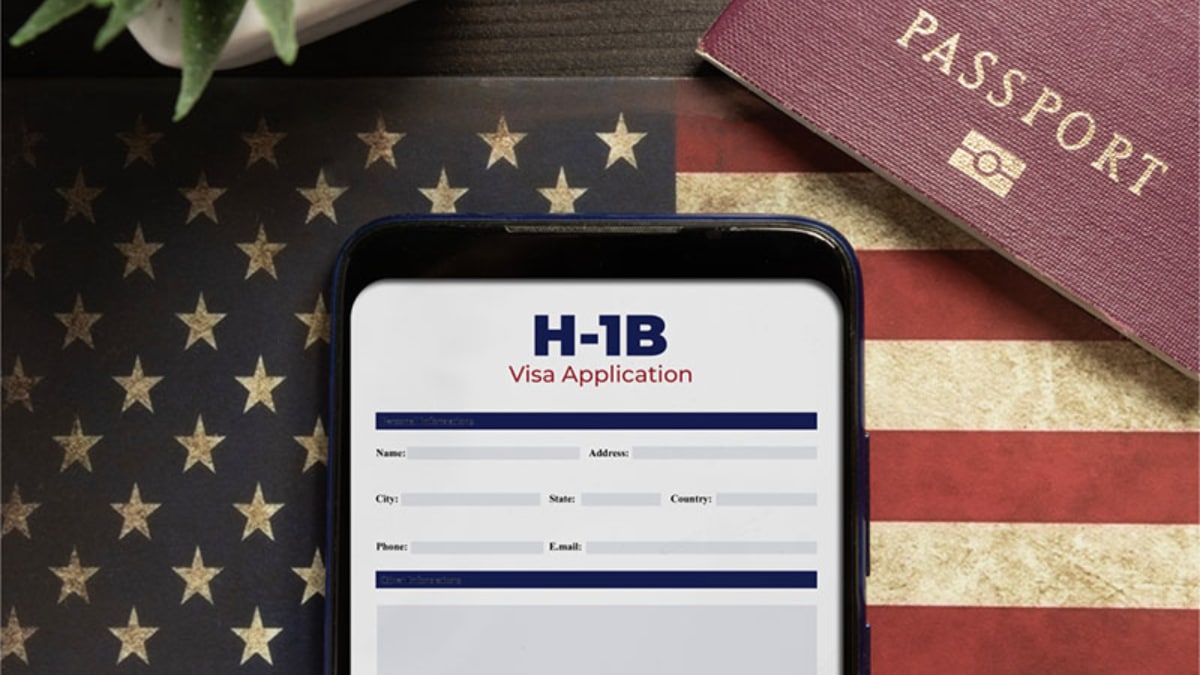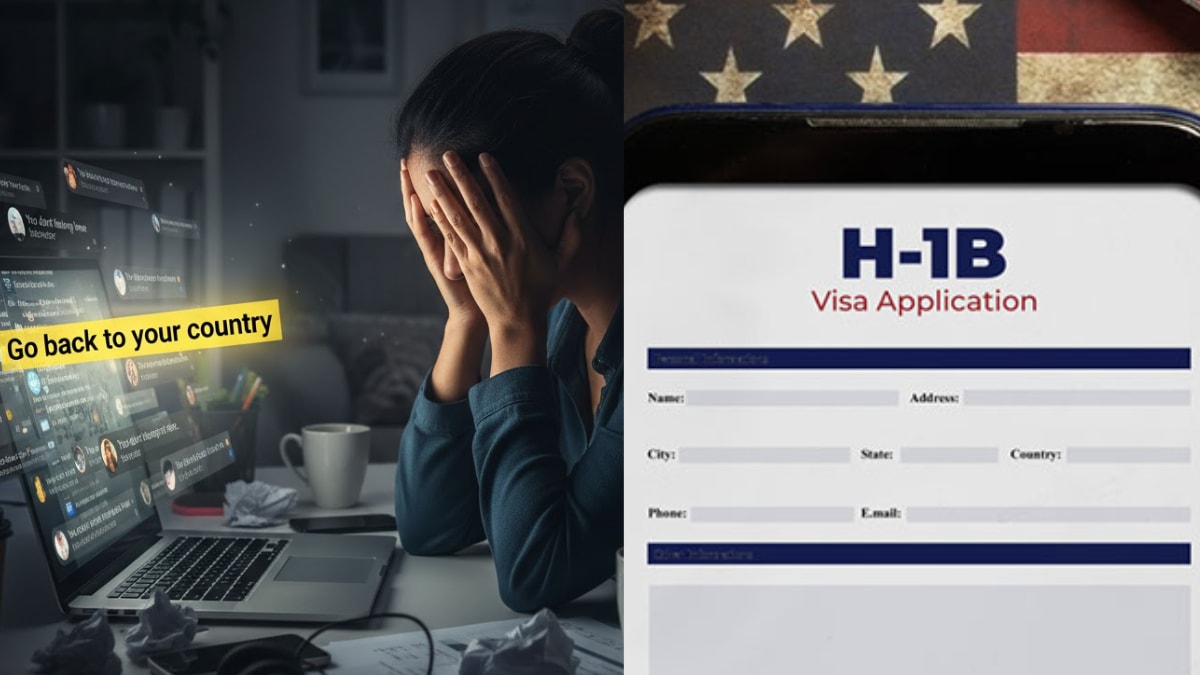Indian Students Reconsider US 'American Dream' Amid H-1B Uncertainty & Global Alternatives
This article highlights the critical impact of US immigration policy on the global talent pipeline, as skilled international students increasingly weigh the risks and benefits of an H-1B path against growing opportunities in other major economies.
Subscribe to our newsletter and stay informed about latest H1B news, policy updates and and other developments.
Article Summary
Indian students are openly debating the viability of pursuing the 'American dream' due to ongoing H-1B visa uncertainty and policy changes. Social media discussions reveal widespread concern over visa instability, contrasting it with seemingly more welcoming immigration pathways in countries like Canada, the UK, and Germany. Despite acknowledging unique US opportunities, many express indecision, citing financial risks and a challenging global job market.
Original Article: financialexpress.com
[ Sentiment: negative | Tone: factual ]
This summary and analysis were generated by TheNewsPublisher's editorial AI. This content is for informational purposes only; it does not constitute legal or immigration advice.
[ Sentiment: negative | Tone: factual ]
This summary and analysis were generated by TheNewsPublisher's editorial AI. This content is for informational purposes only; it does not constitute legal or immigration advice.
TNP AI: Key Insights
This public debate among Indian students is crucial intelligence for US employers and policymakers, signaling a potential shift in the global talent landscape. If top international talent perceives the US H-1B pathway as too unstable or risky, it could significantly impact the future availability of skilled workers for American industries, especially tech.
While the article mentions a past 'Trump executive order' requiring a $100k H-1B application fee, this specific fee was never broadly implemented as a signed executive order. The Trump administration did propose and implement various fee increases and policy tightenings, but a $100k per-application fee for all H-1B visas did not come to fruition. Current H-1B fees, while having increased, remain considerably lower.
The comparison drawn between the US and countries like Canada, the UK, and Germany underscores the intensifying global competition for skilled immigrants. These nations are actively marketing their more streamlined and predictable immigration pathways, directly challenging the US's historical dominance in attracting international talent. This trend necessitates that US stakeholders consider the long-term implications of current H-1B policies on its competitive edge.
For current and prospective skilled visa holders, this discussion reinforces the importance of thorough research into all available immigration options, including alternative visas and pathways to permanent residency in various countries. It emphasizes the need for strategic career planning that accounts for the evolving complexities of international immigration policies.





